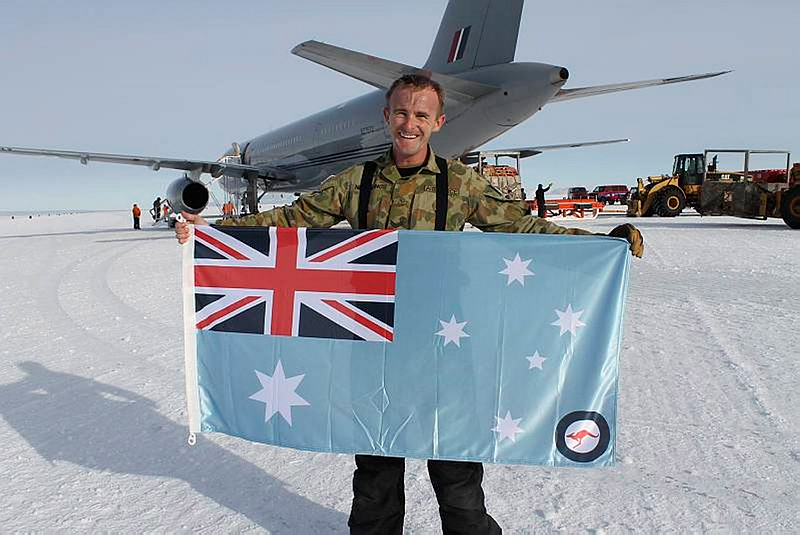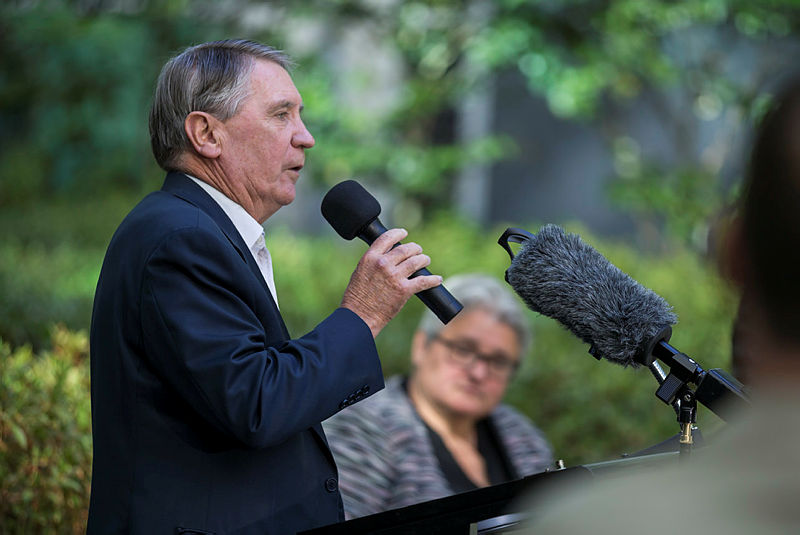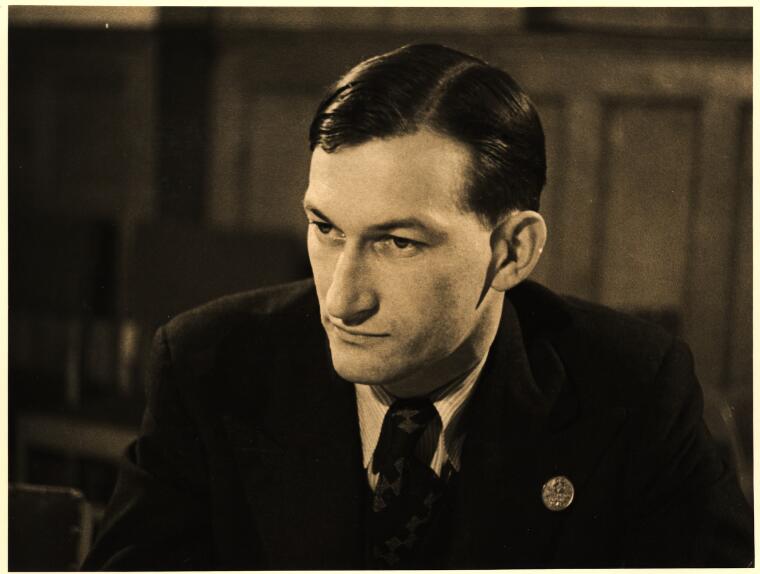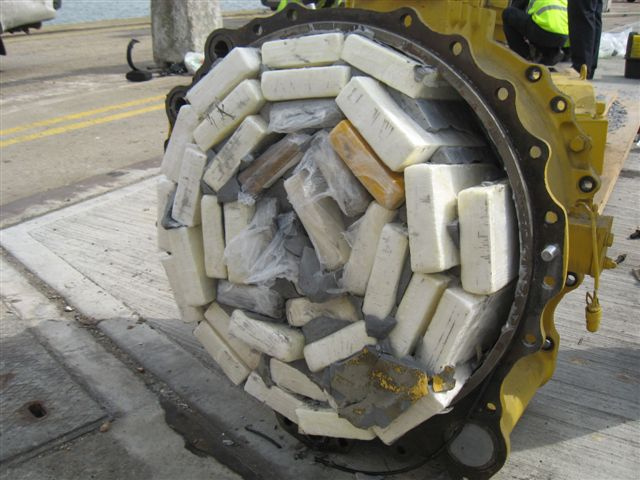Antarctica and the Defence White Paper: snow job?
The Antarctic has never prominently featured in Defence white papers; indeed it rated a mention in only two of the last four, those in 1987 and 2009. Written some 22 years apart, the difference in tone and content between these strategic assessments of the Antarctic is notable, and worth re-reading before considering what might be said in the 2013 policy statement.
The Defence of Australia: 1987 (PDF)
The Government strongly supports the provisions of the Antarctic Treaty, which prohibit military use of the territory. The national interest of Australia lies in ensuring that Antarctica remains demilitarised and free from political and strategic competition. So long as Antarctica remains demilitarised, no threat to the security of Australia itself is in prospect from or through that region. There is no requirement for defence activities to support our territorial or economic interests in Antarctica or for defence involvement beyond the present limited logistic support for Australia’s national effort there. Read more








